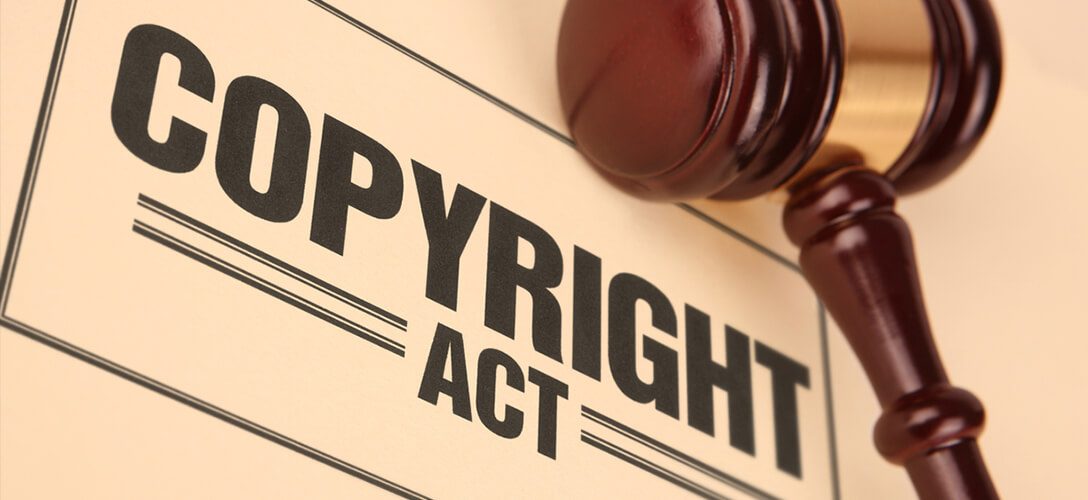- Office No.– G22, Second Floor, Sector 3, Noida, Uttar Pradesh 201301
- 01204535507, +91-7011962266
Copyright

Main objectives of Copyright
The main objectives of copyright protection are rooted in fostering creativity, innovation, and the fair reward for intellectual effort. Copyright is a legal framework designed to safeguard the rights of creators by granting them exclusive rights to their original works. One of the primary goals is to encourage the production of diverse and valuable cultural and artistic expressions. By providing creators with the exclusive right to reproduce, distribute, and publicly display their works, copyright incentivizes the generation of new ideas, literature, music, art, and other creative endeavors. Additionally, copyright protection aims to strike a balance between the interests of creators and the broader public. It achieves this by allowing for limited use of copyrighted works under the doctrine of fair use or fair dealing, ensuring that society benefits from the dissemination of knowledge, education, and information. Another essential objective is to provide creators with the economic incentives and recognition they deserve for their creative contributions.
We are Always Ready to Assist Our Clients
The Advantages of Copyright
Copyright protection offers a range of advantages to creators, fostering creativity, protecting intellectual property, and promoting the dissemination of knowledge. Some key advantages include.
- Exclusive Rights: Copyright grants creators exclusive rights to reproduce, distribute, perform, and display their original works. This exclusivity allows creators to control how their works are used and financially benefit from their creations.
- Incentive for Creativity: By providing legal protection and financial incentives, copyright serves as a powerful motivator for creators to invest time and effort in producing new and innovative works. This, in turn, contributes to the overall cultural and artistic enrichment of society.
- Economic Rewards for Creators: Copyright enables creators to derive economic benefits from their works. Through licensing, sales, or other commercial arrangements, creators can generate income, supporting their livelihoods and encouraging ongoing creative endeavors.
- Cultural Preservation: Copyright plays a crucial role in preserving cultural heritage. By protecting works of literature, art, music, and other creative expressions, copyright ensures that cultural contributions are recognized, valued, and passed down through generations.
- Encourages Investment in Creativity: The promise of copyright protection encourages individuals, businesses, and investors to invest in creative industries. This investment supports the production, distribution, and promotion of diverse and high-quality creative works.
Process of Copyright
The process of obtaining copyright protection involves several steps to secure legal recognition and exclusive rights for an original work. Here is a general overview of the copyright registration process:
Creation of an Original Work:
- The copyright process begins with the creation of an original work, such as a literary, artistic, or musical creation. The work must be fixed in a tangible medium, meaning it is recorded or documented in some form.
Understanding Copyright Eligibility:
- Determine whether the work is eligible for copyright protection. Generally, original works of authorship are eligible, but certain categories, such as ideas, facts, or utilitarian objects, may not be eligible.
Ownership and Authorship:
- Identify the author or creator of the work, as they are typically the initial copyright holder. In cases of works created for hire or collaboration, ownership may be assigned or shared accordingly.
Originality and Fixation:
- Ensure that the work is original, demonstrating creativity, and that it is fixed in a tangible medium. Fixation refers to the work being recorded or saved in a way that makes it perceptible, whether in print, digital form, or another medium.
Registration Application:
- While copyright protection is automatic upon the creation of the work, registering the copyright with the relevant copyright office is advisable. Prepare and submit a copyright registration application, providing details about the work and the author.
Get in Touch
Please, fulfill the form to get a consultation. After processing the data, a personal manager will contact you.


